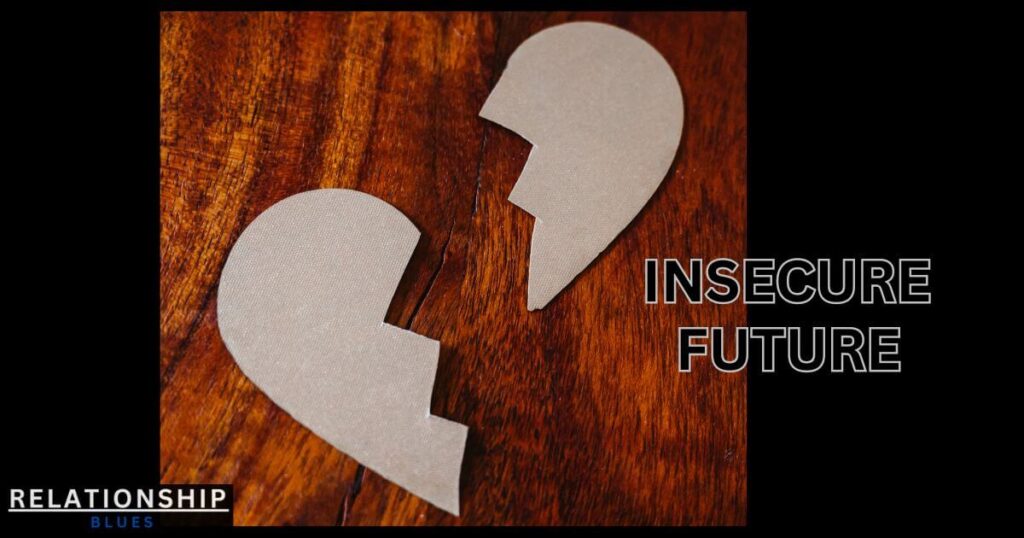Live-in relationships or cohabitation relationship is an arrangement in which two people are in love and share the same living space, without getting married. Live-in relationships let you understand the strengths and weaknesses of a relationship and learn to deal with situations in it, on the other hand, many look at it as a fear of commitment and insecurity, issues are many, and every individual looks from their own perspective. Live-in relationships have both benefits and drawbacks, let’s highlight the main benefits and drawbacks of live-in relationships below.

Benefits of live-in relationships
Relationship Compatibility Test
To look for a long-term relationship and beyond, compatibility plays an important role, Moving in with your partner puts both of them on a Relationship compatibility test as both spend more time together, you will experience firsthand their behaviors, their habits, their temperament, and every compatible aspect needed for a relationship to have a future, it will also help you to decide to continue the relationship or break away your live-in relationships.
Free from social pressure
Live-in relationships have no social obligations of any kind, They are no compulsion of any sort as both partners are not bound to any relations, obligation, or law and are free to speak their minds, and their views, and freely express their likes and dislikes without any social pressure. It also helps the decision to break free easily if they are not happy in the relationship.
Financial Independence
live-in relationships will only be much stronger and have a future when no one is a financial burden to the other, Living together will give you a sense of how to divide and handle finances for a secure future. It will imbibe the sharing culture important for any relationship to thrive and sustain. The pressure and issues of financial disparity are limited in live-in relationships.
No legal issues if you part ways
If you are stressed and not happy with the arrangement of a live-in relationship both can mutually part ways without any legal issues or stigma of divorce that may arise during the live-in relationship. it saves them from the trauma of legal battles if any and social obligations that may if you were married.
More bonding
Live-in relationships let you spend more time with your partner and create a stronger bond, It can help you understand and decide if this is the one you want to spend your whole life with rather than jumping the gun and marrying the wrong person and repenting afterward.
Drawbacks of live-in relationships
Commitment issues
Commitment is the most important aspect of sustaining any relationship. live-in relationships are just an experiment of sought or short-term commitment If you enter into an engagement or marriage institution then the psychology of the bond is to make it work, it speaks of a long-term relationship, you put in your extra efforts to make the relationship work, where in the soul of the live-in relationship is itself a temporary in nature with no obligation which gives a casual approach which defeats the purpose of it all.
Future insecurity

When you have invested so much in the live-in relationships there comes a time when you start feeling insecure about the future, Insecurity fear attacks your thoughts, what if the relationship doesn’t work, will it impact you in all aspects, negative thoughts begin to dominate you and you start to compromise with your decisions, which was not the purpose of what was intended for this live-in relationships.
Identity Crisis
Every person loves and enjoys their individuality and exclusivity. Still, when you live with someone 24×7, Society tries to put a template on them and rob them of their identity, Their partner’s name knows them, and sometimes it goes to the extent of an identity crisis and becomes very difficult to get out of even if you both part ways for good.
Exploitation of Rights
As live-in relationships don’t enjoy the same rights as wives or husbands sometimes, life after a break may be tough to deal with, if one day your partner decides to leave for no reason, they are left with only limited options to explore, they can feel used or exploited which can be both physical and emotional and can be challenging times to deal with.
Acceptance by society
The world is a free society but still, the importance of a marriage bond can not be disregarded, some sections of the community find it hard to accept live-in relationships as they view it as an anxiety issue of commitment, and for many societies, pressure dominates their decisions, many are of the view that live-in relationships are for the weak and many are of the views that live-in relationships are for the free.
CONCLUSION
Live-in relationships are more common nowadays mainly in the younger age groups and so are breakups and divorces after marriages. Lifestyle changes, financial pressure, work commitments, and mental peace are a few of the various reasons, The millennials and Gen Z generations are now more, cautious, experimental, and practical rather than being of the traditional thought, even the elderly people are also making a large drift in relationships and opting for live-in relationships for companionship and care. Live-in relationships can be a great experience for partners or even a disaster, As long as both partners have respect for each other and are happy in their relationships Live-in or not doesn’t really matter.
Q&A
Q1.Live-in relationship or Marriage what is better?
Live-in relationships are temporary in nature as partners have a casual approach toward a commitment to each other. In contrast, in a marriage institution, the level of commitment is high as both partners have a social obligation to make the relationship work.
Q2. What are cohabitation relationships?
Cohabitation relationships are also called live-in relationships in which two people in love share the same living space without getting married.
Q3. What is the difference between Gen Z and millennials?
People born between 1981 and 1996 are called millennials, while those born between 1997 and 2012 are called Gen Z or Generation Z.

